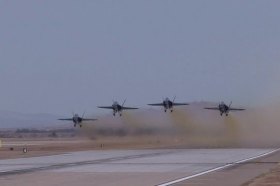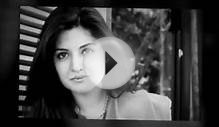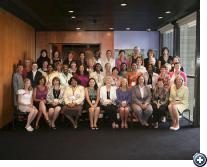
 Although her family had a difficult life, her parents always encouraged her to try new things. After riding in an airplane for the first time, Amelia immediately knew she wanted to learn to fly.
Although her family had a difficult life, her parents always encouraged her to try new things. After riding in an airplane for the first time, Amelia immediately knew she wanted to learn to fly.
With her mother's help, Amelia worked odd jobs to raise money for flying lessons. After 10 hours of training, she made her first flight.
She soon developed a passion for flying. The following year, she saved enough money to buy her own plane, which she named because it was bright yellow.
In 1928, Amelia received a call from Captain Hilton H. Railey, who asked her if she wanted to join two pilots on a flight from the United States to Europe. On June 17, 1928, in an airplane named The Friendship, Amelia became the first woman to cross the Atlantic Ocean in an airplane. Although she didn't pilot the flight, Amelia nonetheless received a lot of and was famous when she returned home.
In May 1932, Amelia made another journey across the Atlantic, but this time she flew the airplane — alone. She also set a new time record for the route.
President Herbert Hoover awarded Amelia with a medal, the Distinguished Flying Cross, for her accomplishment. She was the first woman ever to receive this honor.
Their journey started successfully, with flights from Miami to South America to Africa to Thailand and then to Australia. Problems arose for Amelia and Fred, however, when they left New Guinea and headed for Howland Island.
During this leg of the trip, the U.S. Coast Guard lost contact with the plane. The last communication with Amelia was received at 8:45 A.M. on July 2, 1937.
Investigators determined that Amelia's plane went down 35 to 100 miles off the coast of Howland Island. The U.S. Navy searched in vain, never finding a trace of the airplane or aviators.
Their disappearance remains a mystery today. What we do know is that Amelia Earhart broke records, advanced and continues to be one of the most celebrated aviators in history.
RELATED VIDEO











